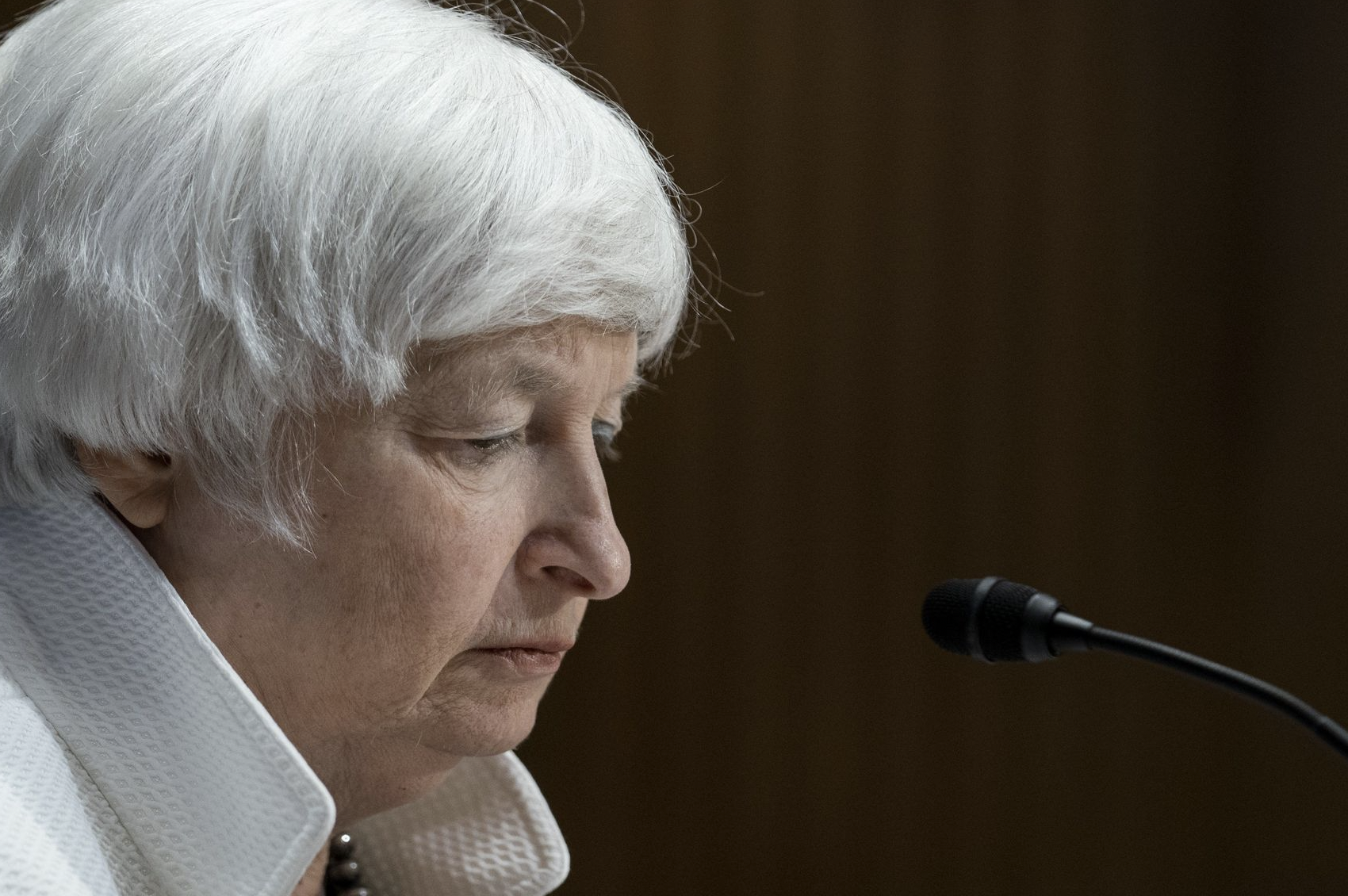
Dr. Sanjay Gupta: How to Safely Store Your Leftovers
We all have our cooking rituals, but are some of them unsafe? Dr. Sanjay Gupta gets to the bottom of handwashing hygiene, especially when handling…
Thought Leader: Sanjay Gupta

The precipitous fall of Terra has re-energized crypto skeptics. On May 10, amid Terra’s collapse, Treasury Secretary Janet Yellen argued before the Senate Banking Committee that stablecoins create “run risks, which could threaten financial stability, risks associated with the payment system and its integrity.” Clearly, not every token that calls itself a “stablecoin” is stable, but Ms. Yellen is wrong to think that stablecoins pose a systemic risk to financial stability.
A true stablecoin is a dollar-like token collateralized by at least $1 worth of assets. The best known stablecoins, Tether’s USDT and Circle’s USDC, account for $72.5 billion and $54 billion, respectively, in circulating supply. Opportunistic regulators and politicians, notably the Securities and Exchange Commission’s Gary Gensler and Sen. Elizabeth Warren, call stablecoins “wildcat banks” and argue that they are susceptible to runs.
But Tether and Circle are different from banks. Unlike bank deposits, USDT and USDC are redeemable only in amounts exceeding $100,000 and only to a select group of Tether’s and Circle’s financial partners. Instead, most holders of these tokens can sell them on various exchanges or swap them for goods and services. More importantly, Tether and Circle also can delay or suspend redemptions at any time—history’s time-tested solution to runs. This keeps their balance sheets intact and makes it impossible to “short” either by attacking its dollar peg.
The only real risk to Tether and Circle is losses on their bond holdings. On May 12, Tether’s chief technology officer, Paolo Ardoino, clarified that “in the last six months,” the company had “reduced 50% the size of the commercial papers [sic]. Everything that was reduced from the commercial paper was rolled into U.S. Treasurys.” This means that Treasurys are now 60% of Tether’s reserves, and commercial paper 15%. Circle claims that 76% of its reserves were in Treasurys and 24% in cash as of May 20. For Tether or Circle to suffer significant losses would require large-scale corporate or government defaults. In such a financial apocalypse, stablecoin pegs would be the least of our concerns.
In contrast, “coupon coins” like Terra rely on decentralized finance protocols that mint new coins when their price is above their peg and sell interest-bearing “coupons” when the price is below the peg. The logic is that investors will buy coins to acquire the coupons, raising the price back up to the peg. But once speculative demand for the coins declines, issuing more and higher-interest coupons only hastens the final collapse of their peg.
Terra launched in 2019 and got traction when its creator, Do Kwon, launched Anchor Protocol, a platform that rewards users with 18% to 20% annual interest on deposits of Terra USD (UST), Terra’s stablecoin. These rewards were paid out from a reserve fund capitalized by Terra’s parent company.
In the end, UST and Luna (a sister token redeemable for UST) existed only to provide access to Anchor’s interest rewards. The more UST that was issued and deposited on Anchor, the faster Anchor’s reserve fund was depleted and the more expensive it became for Terra’s hedge-fund investors to defend UST’s peg on various exchanges. Holders began to cash out their rewards in late January, threatening UST’s peg. In early May, Terra’s parent company, along with outside investors, spent billions to stabilize UST’s peg, but could not successfully restore market confidence. Just a few days later, the peg broke as investors sold Luna and withdrew their UST from Anchor. Instead of a dollar, UST is today worth just over a penny.
Crypto skeptics will point to Terra as another episode of “tulip mania.” They will be more correct than they know. Seventeenth-century Amsterdam was awash in new wealth, fueling a bubble in tulip-bulb prices and futures. Yet, contrary to the popular myth, tulip mania wasn’t an extraordinary popular delusion but rather a game for a small group of wealthy merchants, the end of which had minimal economic consequences for Amsterdam. Similarly, despite the pain to retail investors, Terra was a game of musical chairs for a relatively small group of big investors. The top 10 wallets using Anchor held 27% of all UST, and the top 1,000 held 82%.
Michael Hsu, the acting comptroller of the currency, recently said of the Terra collapse that “there has been no contagion from cryptocurrencies to traditional banking and finance.” The true lesson from Terra—as from tulip mania—is that roulette games for rich speculators pose no systemic risk. Ms. Yellen should stop fretting about runs on stablecoins. True stablecoins are not wildcat banks. The U.S. Treasury and Federal Reserve have better things to do—like bringing under control the inflation that currently threatens the stability of the dollar itself.
Mr. Ferguson is a senior fellow at the Hoover Institution at Stanford University, and founder of Greenmantle. Mr. Rincon-Cruz is a researcher at the Hoover Institution, and founder of Buttonwood, a DeFi/web3 open-source software project.
Dr. Sanjay Gupta: How to Safely Store Your Leftovers
We all have our cooking rituals, but are some of them unsafe? Dr. Sanjay Gupta gets to the bottom of handwashing hygiene, especially when handling…
Thought Leader: Sanjay Gupta
Ian Bremmer: “We’re not much closer to a ceasefire”
The Trump administration is pushing to secure a peace deal to end the war in Ukraine. But what that looks like and whether Russia is…
Thought Leader: Ian Bremmer
Neal Katyal on Challenging Trump’s Global Tariffs
On this special edition of the show, Barry sits down with Neal Katyal, Milbank LLP partner and former acting Solicitor General of the US. Barry…
Thought Leader: Neal Katyal

